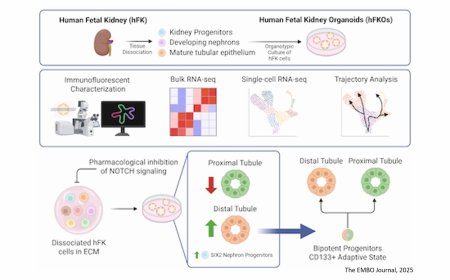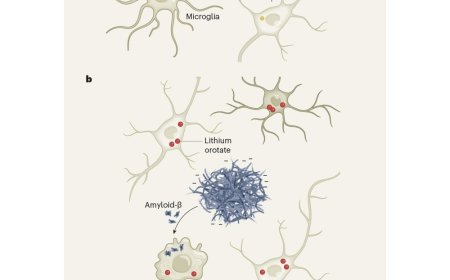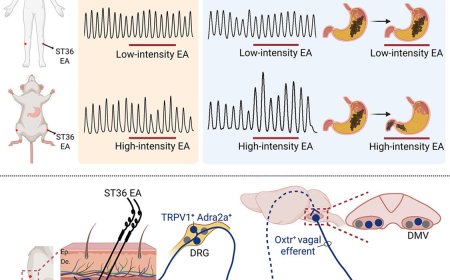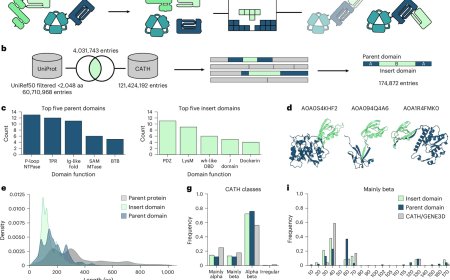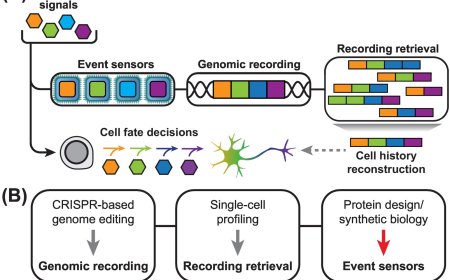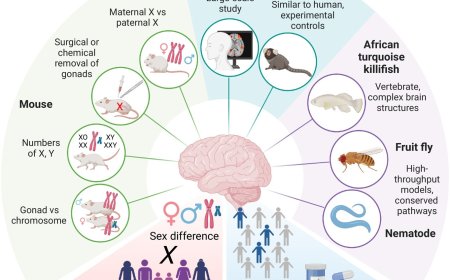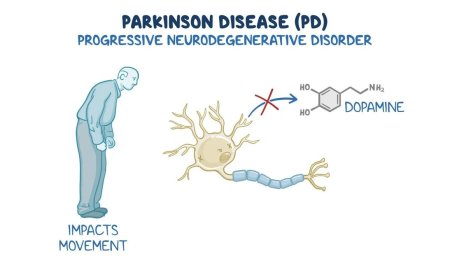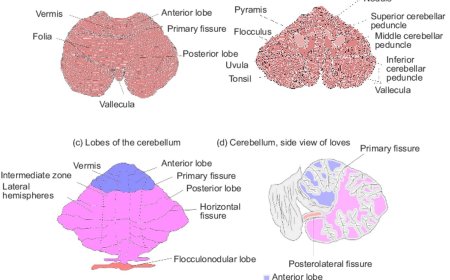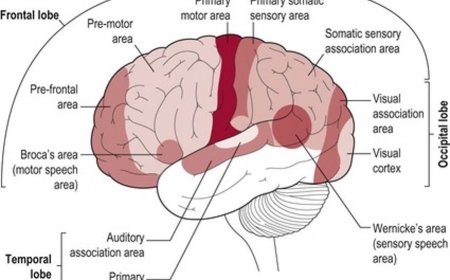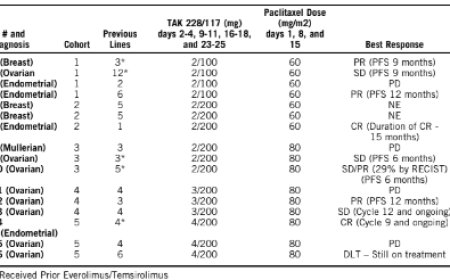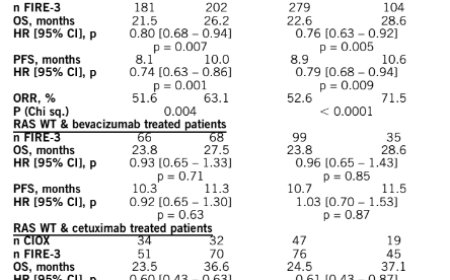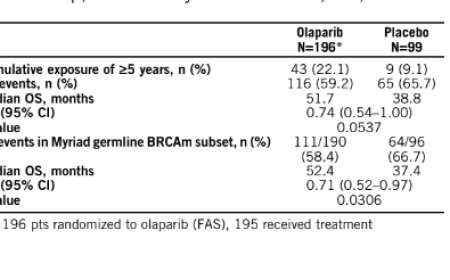DIG-DUBs: mechanisms and functions of ISG15 deconjugation by human and viral cross-reactive ubiquitin proteases
Bonacci T, Emanuele MJ.Biochem Soc Trans. 2025 Jul 9:BST20240859. doi: 10.1042/BST20240859. Online ahead of print.PMID: 40631552
Abstract
Interferon-stimulated gene 15 (ISG15) is a ubiquitin-like protein and, as such, acts as a post-translational modifier that plays a critical role during bacterial and viral infections after interferon (IFN) production. As part of the innate immune system, ISG15 is strongly induced by type I IFNs, and its conjugation to intracellular proteins and viral proteins (ISGylation) allows cells to fight off infection. Importantly, ISGylation is a reversible process that is largely mediated by the cysteine protease USP18 (Ubp43 in mice). As a multifaceted protein, USP18 is a major negative regulator of IFN signaling and the predominant deISGylating enzyme in humans. However, in recent years, additional proteases such as USP16 and USP24 have been reported to also mediate ISG15 hydrolysis. Moreover, coronaviruses and other viral pathogens often encode proteases that possess deISGylating activity, which promotes viral infection by antagonizing ISGylation. Here, we review various enzymes and modes of action employed by human and viral proteases to regulate deISGylation under physiological or pathogenic conditions.
Keywords: DUB; ISG15; USP18; ubiquitin.
